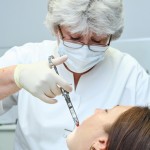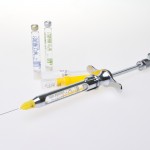
This review of the most effective method of anaesthesia for mandibular posterior teeth with symptomatic irreversible pulpitis included 22 RCTs. The findings suggest that buccal infiltraion and inferior alveolar nerve block ,Vazirani-Akinosi nerve block and introsseus injections performed better but the evidence was only of low to very low certainty.
[read the full story...]